On the morning of June 27, the National Assembly officially passed the Law on Science , Technology (amended) and Innovation with 441/442 delegates in favor, accounting for 92.26% of the total number of delegates.
With this amendment, the Law on Science, Technology and Innovation has had strong and revolutionary innovations, promising to create a major shift in the field of science, technology and innovation.
Previously, presenting a report explaining, receiving and revising the draft Law on Science, Technology (amended) and Innovation, Mr. Le Quang Huy - Chairman of the Committee on Science, Technology and Environment said that the draft Law consists of 7 Chapters and 73 Articles, removing 10 articles compared to the previous version.
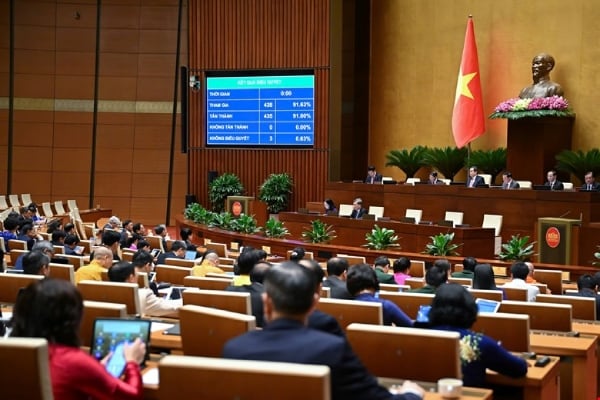
The Draft Law has institutionalized Resolution No. 57-NQ/TW, Resolution No. 68-NQ/TW, inherited the core contents of Resolution No. 193/2025/QH15 (from Article 3 to Article 9), and at the same time has more open, strong and innovative provisions. The Draft has been reviewed and adjusted to ensure the consistency and synchronization of the legal system, with the laws and draft Laws submitted to the National Assembly for consideration and approval at this session.
The draft law establishes the principle of risk acceptance in scientific, technological and innovative activities. It is accompanied by appropriate risk management regulations. The Government will prescribe criteria and procedures for assessing risk acceptance. A controlled testing mechanism is established to encourage innovation while ensuring public safety.
In Article 31, the law allows organizations in charge of scientific and technological tasks to apply special mechanisms. Specifically, they can appoint experts, purchase technology or products at agreed prices to decode technology, serving the development of strategic technology.
Regarding supporting enterprises to invest in developing strategic technology (Article 36), taking into account the opinions of National Assembly deputies, the draft Law has revised the content of the State implementing policies to support, invest, cooperate and assign tasks to enterprises to develop strategic technology as prescribed in Article 36.
Support contents include investment in building infrastructure, specialized support services in industrial parks and high-tech parks to attract businesses to invest in building shared experimental and research facilities. Investment in building facilities and equipment for shared experimental and research facilities to attract businesses to participate in exploitation and operation.
The law supplements regulations on “chief engineer” of science, technology and innovation. This is an individual with prestige and outstanding capacity, who is given the authority to comprehensively coordinate major programs and tasks. Accordingly, he/she will enjoy special treatment and proactively use resources to promote his/her professional leadership role.
Regarding the financial mechanism, asset management and research results in science, technology and innovation activities, absorbing the opinions of National Assembly deputies and institutionalizing Resolution No. 57-NQ/TW, Resolution No. 68-NQ/TW, the National Assembly Standing Committee has directed to supplement and revise the draft Law in the direction of strongly shifting from "expenditure management" to "results-based governance".
Accordingly, the expenditure is allocated based on the final results, increasing flexibility and autonomy. Ownership of assets and research results is transferred to the host organization immediately upon formation, without refunding the budget, without recording an increase in state capital. Commercialization of research results is flexible, profits are reinvested or used to encourage innovation; allocation is based on output efficiency. At the same time, a synchronous financial fund system is established, accepting controlled risks, and flexibly supporting innovation activities.
Source: https://doanhnghiepvn.vn/cong-nghe/quoc-hoi-thong-qua-luat-khcn-va-doi-moi-sang-tao-them-nhieu-co-che-dot-pha/20250627015438974








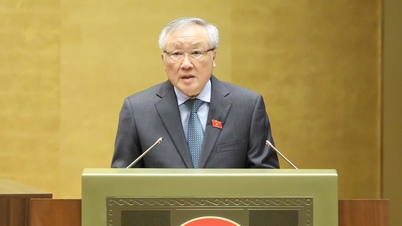

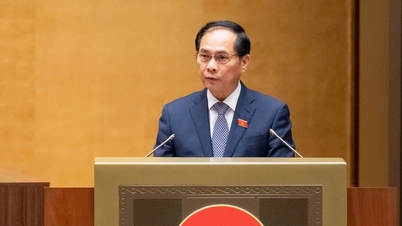





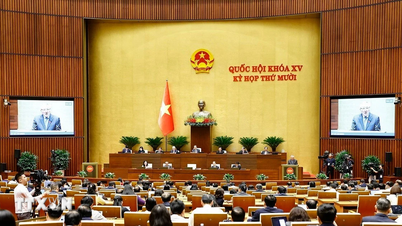




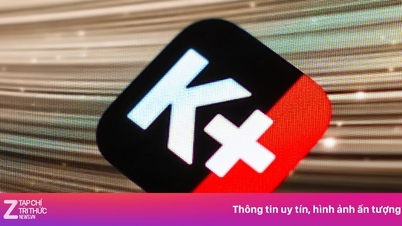



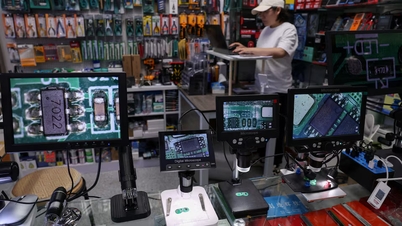


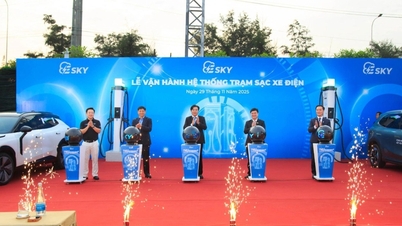





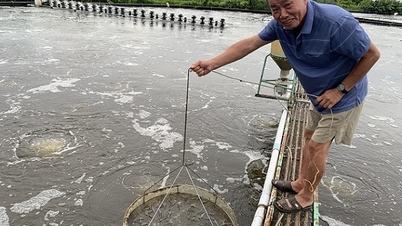


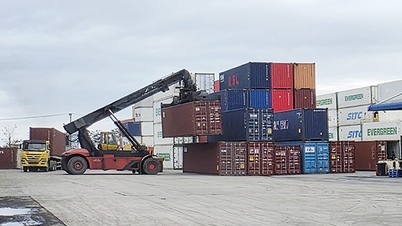

![[Photo] Worshiping the Tuyet Son statue - a nearly 400-year-old treasure at Keo Pagoda](/_next/image?url=https%3A%2F%2Fvphoto.vietnam.vn%2Fthumb%2F1200x675%2Fvietnam%2Fresource%2FIMAGE%2F2025%2F12%2F02%2F1764679323086_ndo_br_tempimageomw0hi-4884-jpg.webp&w=3840&q=75)
![[Photo] Parade to celebrate the 50th anniversary of Laos' National Day](/_next/image?url=https%3A%2F%2Fvphoto.vietnam.vn%2Fthumb%2F1200x675%2Fvietnam%2Fresource%2FIMAGE%2F2025%2F12%2F02%2F1764691918289_ndo_br_0-jpg.webp&w=3840&q=75)
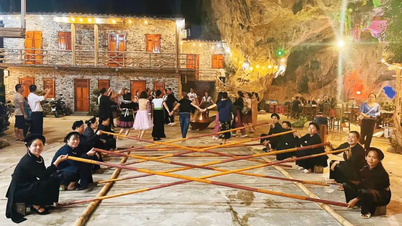



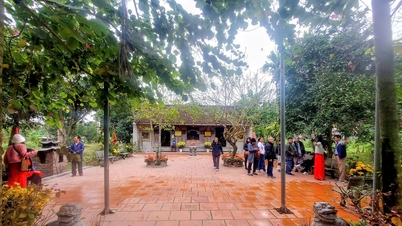






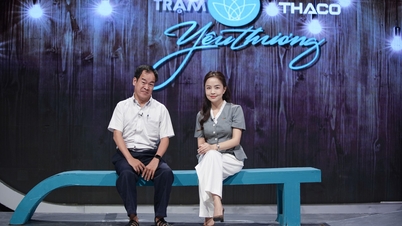



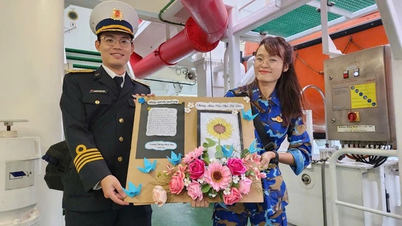




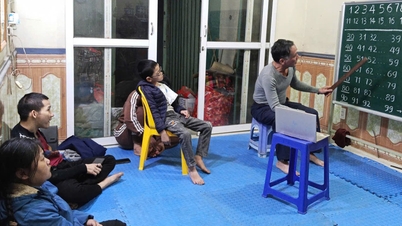
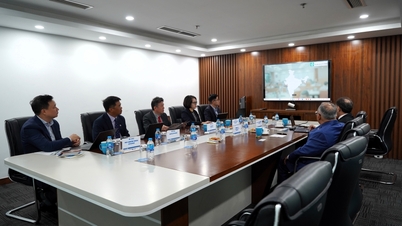
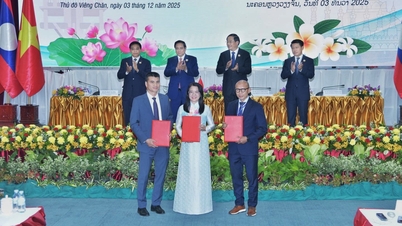




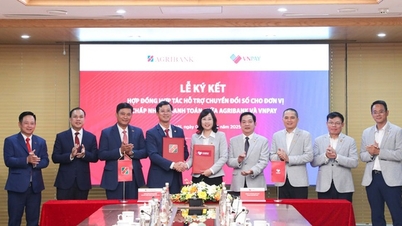







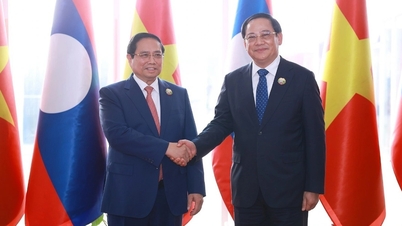
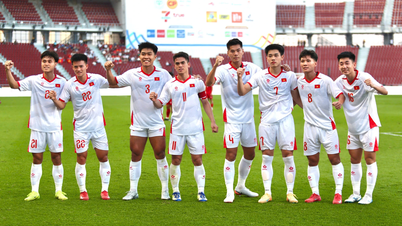












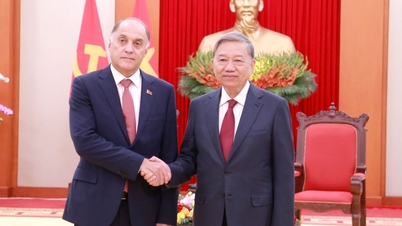
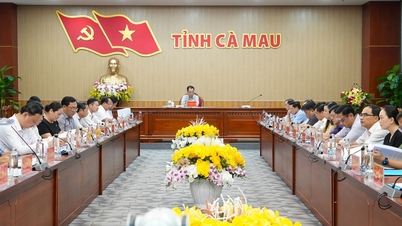

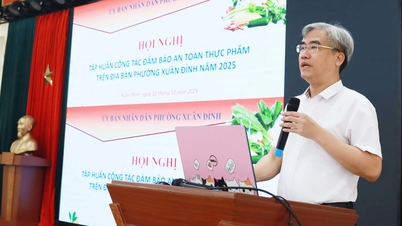




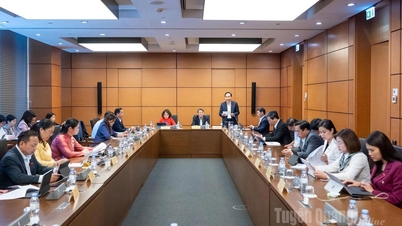








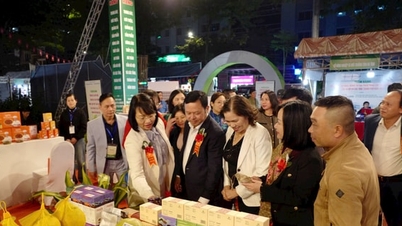





Comment (0)